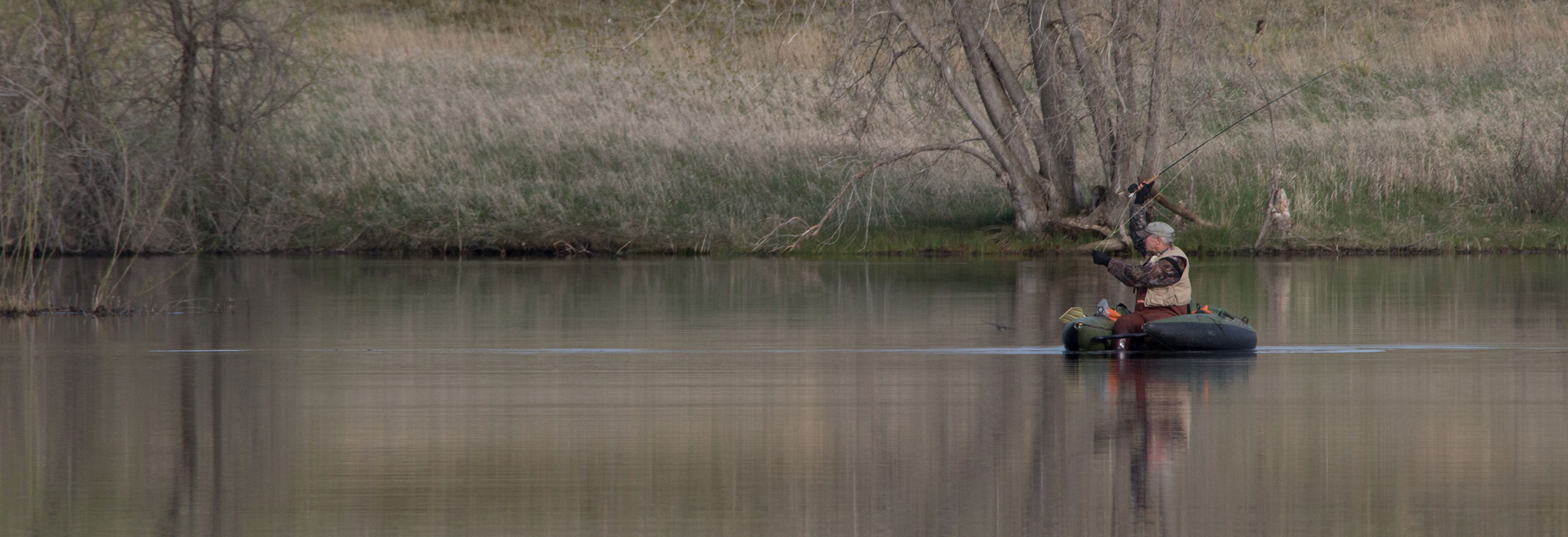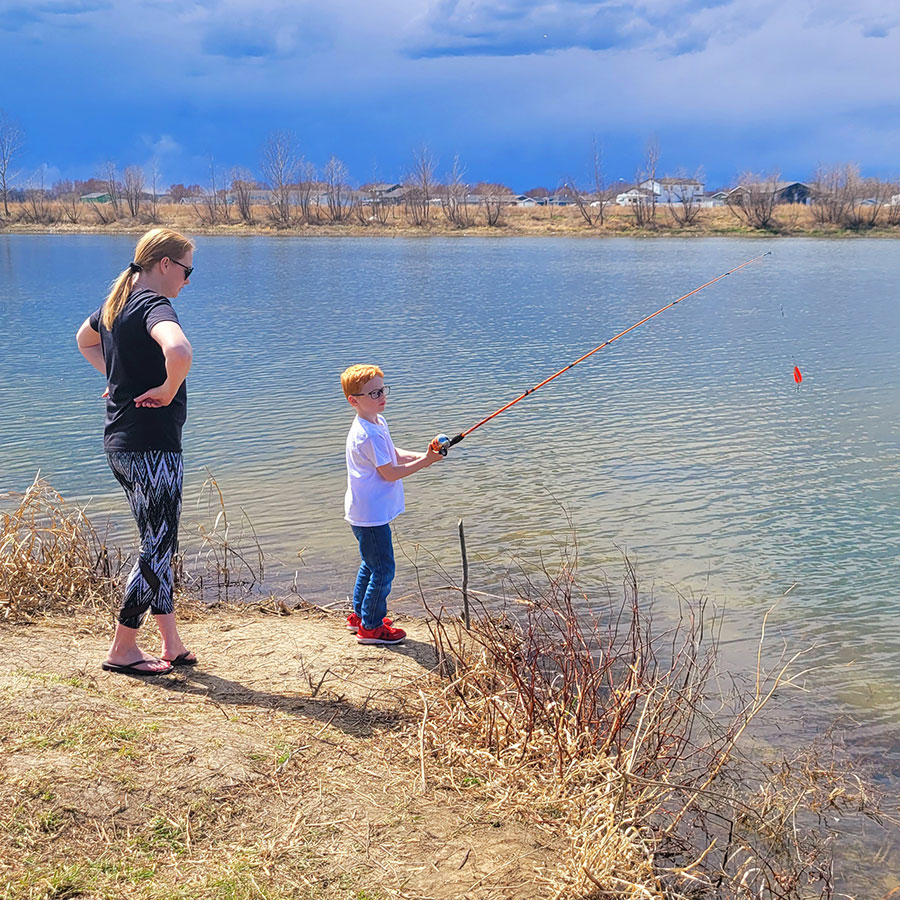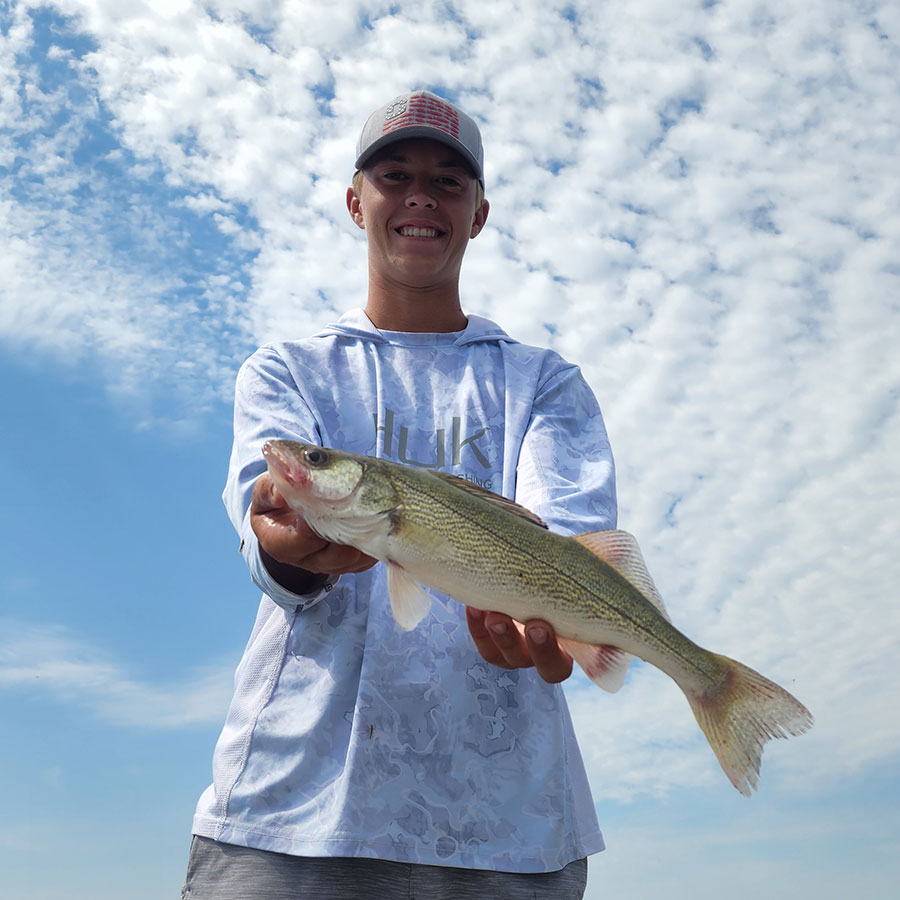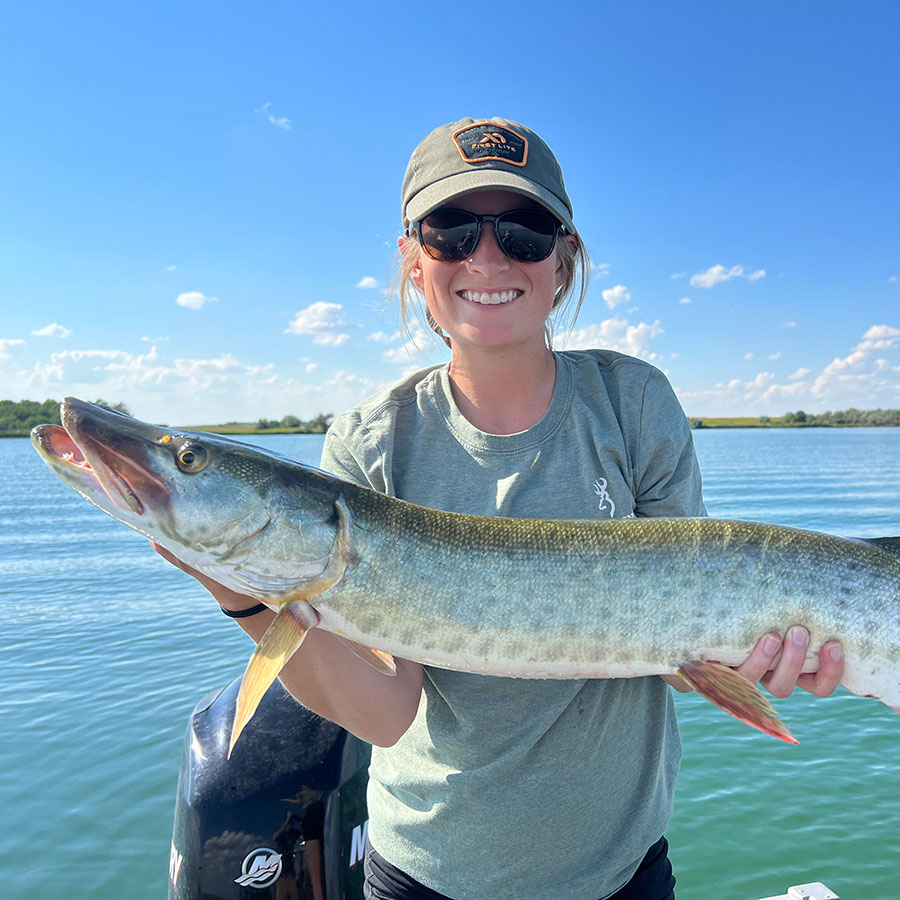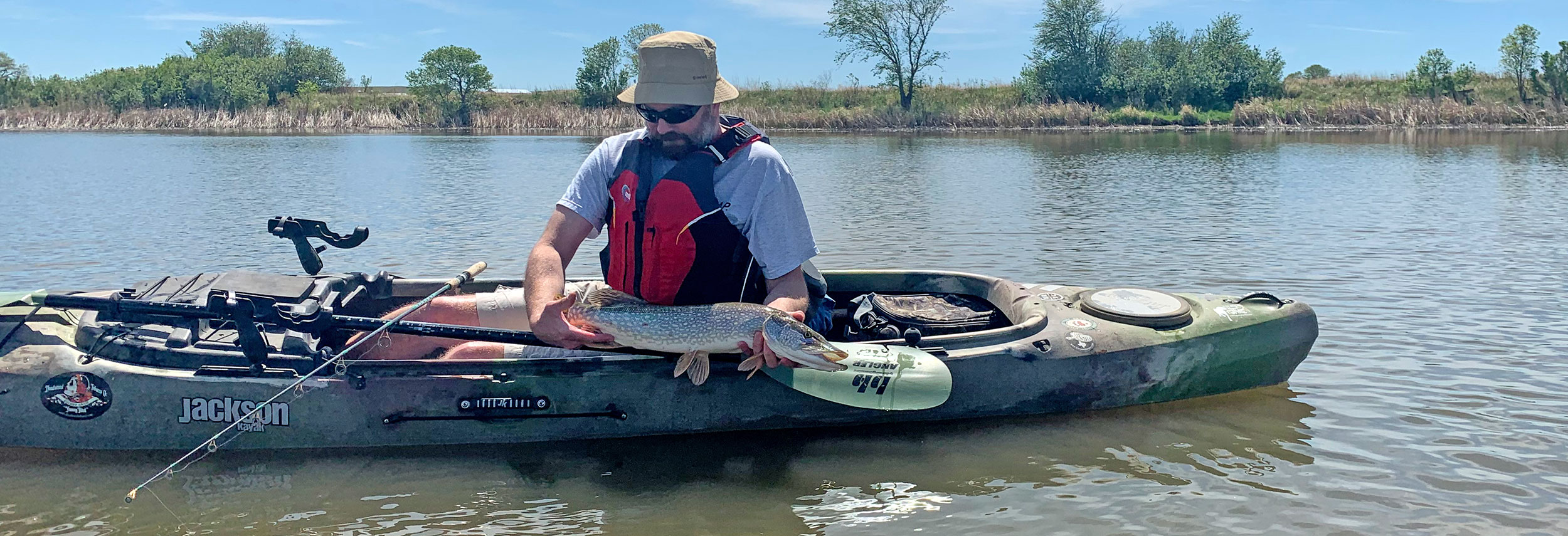
Fishing Report Card Revisted-Again
By Fisheries Division Cheif Greg Power
For the past 15 years, I have periodically played teacher and provided a North Dakota fishing report card. Considering that it’s been four years since the last assessment of the state’s fisheries, I believe it’s time to look inside the classroom again.
Access and Opportunity – 2023 Grade A (2019 Grade A; 2014 Grade A; 2011 Grade A; 2008 Grade A-)
At the risk of sounding like a broken record, and most assuredly I am, fishing opportunities in North Dakota have never been better. Today, there are more than 450 fishing lakes totaling nearly 800,000 acres in North Dakota (see accompanying graph).
With a record number of lakes, the goal of improving these fishing opportunities (including access) remains a priority for Game and Fish Department staff. To that end, in the past four years the following have been completed: 26 new boat ramps; nine boat ramp upgrades; 73 lakes with new docks or piers; and 19 waters with new or upgraded fish cleaning stations. All total, the Department has participated in funding/developing approximately 290 public boat ramps across the state.
Given there are a substantial number of North Dakotans who like to fish but don’t have access to boats, in the past four years Game and Fish has engaged in the following to better the conditions for shore anglers:
- Efforts to improve shore-fishing access as dams have been renovated.
- Numerous fishing piers installed across the state.
- Partnered with various entities to provide fishing piers for anglers as well as physically disabled anglers to utilize.
- Installed stairway for anglers to access the shoreline without walking down highway riprap.
- Coordinated with local entities regarding use of roadways often popular for shore-fishing areas.
- Excavated cattails and removed vegetation that had encroached around shoreline access sites on a few lakes.
- Constructed earthen/wooden steps to facilitate access to a popular shore-fishing locations.
- Obtained shore-fishing access from private landowners.
- Major renovation project on a lake that should enhance shore-fishing by creating deeper water areas close to shore.
Another opportunity the Department continues to address is to expand the number of community fisheries across the state. In recent years, through working with local partners, we’ve added one to two new community ponds per year. All total, there are more the 50 community ponds within or very near North Dakota cities and towns.
Future Challenges – Department staff share the same crystal ball as all others when it comes to forecasting the weather including droughts and floods. Undoubtedly, these future weather patterns will determine if there will be even more new lakes with new fishing opportunities or will we regress to the limited opportunities of the 1980s. Future challenges will remain to maintain hundreds of boating access sites and thousands of pieces of infrastructure. Historically, Game and Fish has generally relied on local assistance from managing partners. However, for various reasons, much of the needed maintenance has increasingly fallen on the Department. Fortunately, in the past year or so the fisheries development staff has doubled in size (from 2 to 4) in hopes of keeping up with this needed maintenance and new construction projects.
Fish Abundance and Health – 2023 Grade A (2019 Grade A-; 2014 Grade A; 2011 Grade A; 2008 Grade B+)
Management – 2023 Grade A (2019 Grade A; 2014 Grade A; 2011 Grade A; 2008 Grade A-)
Future Challenges – As in the past, the Department’s biggest concern that could greatly compromise management efforts is the future expansion of aquatic nuisance species. In the past few years, the ANS program was greatly enhanced with additional staff and resources. This has improved the Department’s ANS prevention and education activities including watercraft inspections. Although North Dakota is fortunate to date to have few ANS infestations (no new finds in 2022), the threat and consequences of ANS infestations remain a significant concern and could greatly impact North Dakota fisheries in years to come.
Habitat (Water Quantity and Quality) – 2023 Grade B (2019 Grade B-; 2014 Grade B; 2011 Grade A; 2008 Grade B-)
Future Challenges – Of all the subjects to be graded in the classroom, habitat is the most difficult to improve upon. The reason being, is both parameters, water quantity and quality, are far outside the ability of the teacher, school administration, school board and parents to adequately address. Water quantity is driven by Mother Nature who doesn’t attend school. And issues dealing with water quality, although within human hands, involves macro-economic issues including the U.S. Department of Agriculture’s farm bill. As mentioned in the past, finding long-term solutions to landscape use will be one of the largest challenges facing many resource professionals in the years and decades to come.
Overall – 2023 Grade A- (2019 Grade A-; 2014 Grade A-; 2011 Grade A; 2008 Grade B+)
There is no grade inflation in North Dakota’s fishing industry as obtaining an A remains both a goal and challenge. Although close, the current state of fishing and the fishery resource comes up just short of a near perfect grade. Ongoing water quality issues (fewer fish kills and blue-green algae advisories) and some shortcomings in the important Missouri River/Lake Oahe fishery, are a couple obvious areas in need of some improvement.
Nonetheless, an A- certainly means a much, much better than average fishery (classroom). Mother Nature has been very kind to North Dakotas fishing resources for decades and fisheries staff have been ready and willing to develop and manage the new and/or enhanced fisheries. Moving forward, it never has been so important to match anglers and their expectations with the different fisheries’ abilities to produce fish. Accomplishing this will be foundational to the Department’s R3 efforts to recruit, retain and reactivate anglers.
The time is now to make some time to relax with family and friends and wet a line. If you’re new to fishing, you may become hooked.
